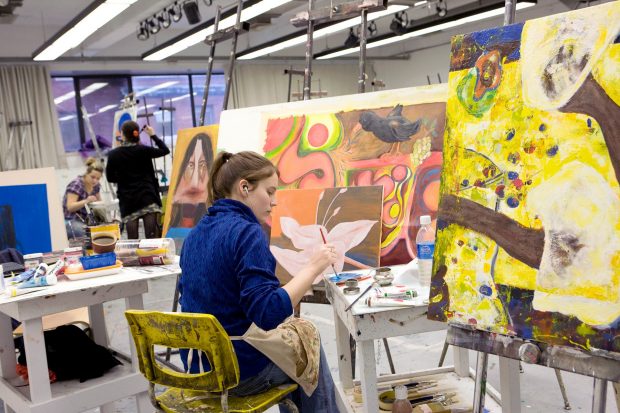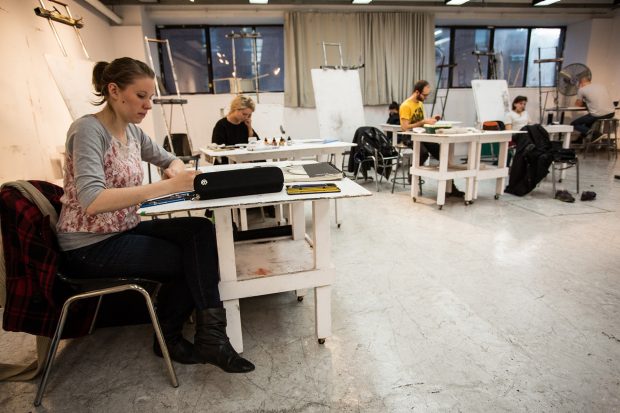PAINTING AND DRAWING
Why study Painting and Drawing?
Painting and Drawing fuses traditional expertise and technique with cutting-edge contemporary approaches to artmaking. In this program, you can study virtually every approach to painting and drawing, from traditional oil painting to graphic novel production and 3D spatial installation. Your technical, formal and conceptual skills will be developed through focused studio production and instruction in theory, art history and cultural studies.
Drawing incorporates a wide array of materials and explores gesture, mark making, the construction of visual space, as well as symbol and storytelling. In Painting classes, you will explore colour use, paint application, tools and techniques along with the formal language of painting and its use in abstract, figurative and hybrid/expanded modes.
As active professional artists engaged at both an international and local level, our faculty bring insight into the exciting and complex world of art. You will gain the ability to think creatively and critically and to materialize your ideas in visual form. These skills sets, along with the development of visual literacy and expertise, can be applied to multiple professions in the visual arts.
Student work
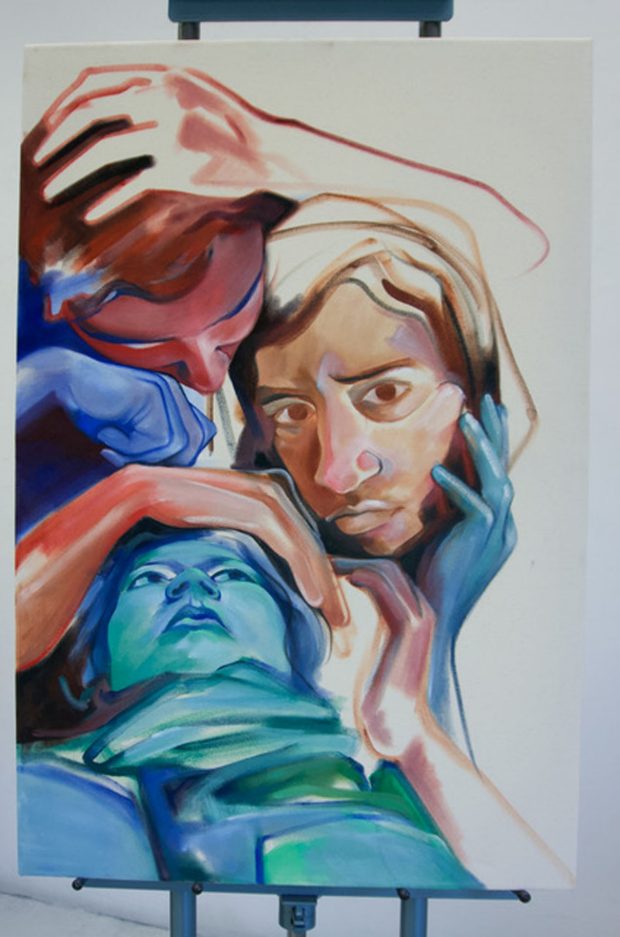
Sarah Cloutier
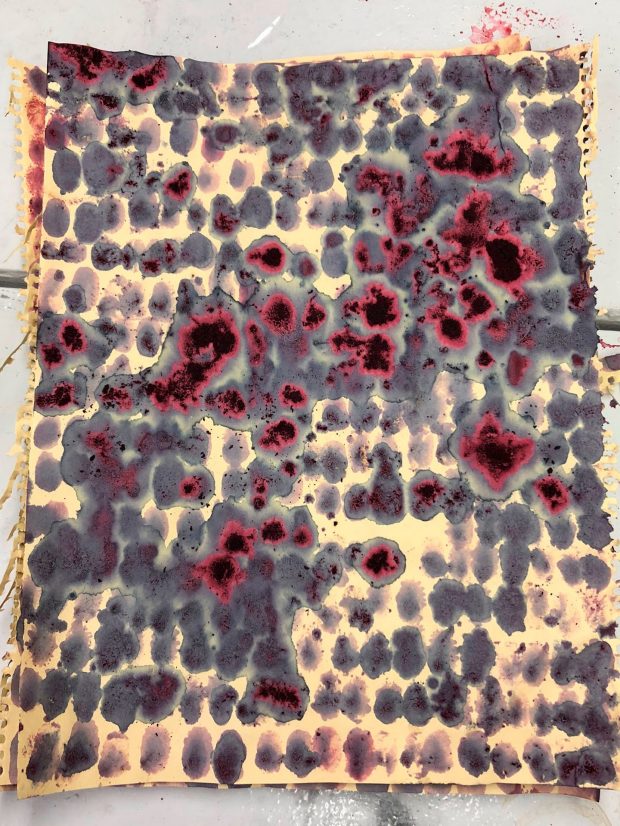
Catherine Desroches Test Piece 2
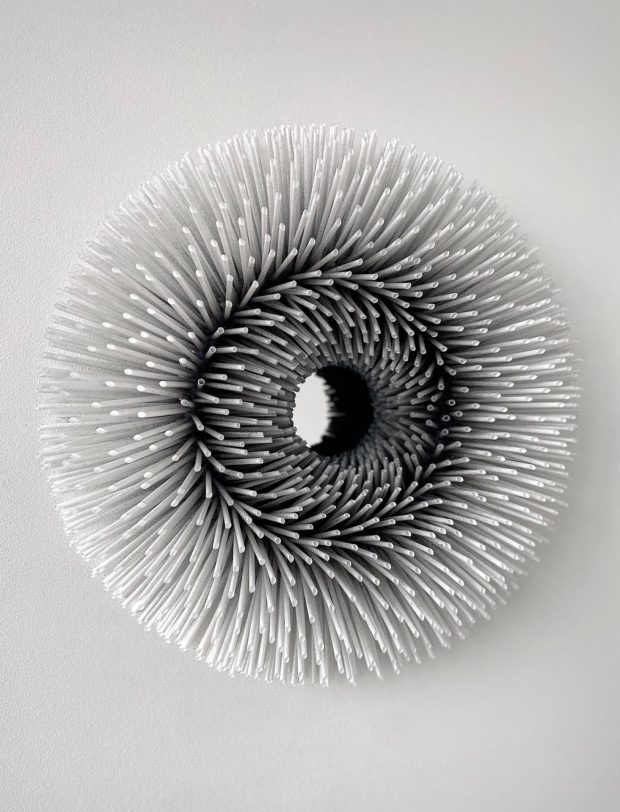
Emy Gagnon Gélinas
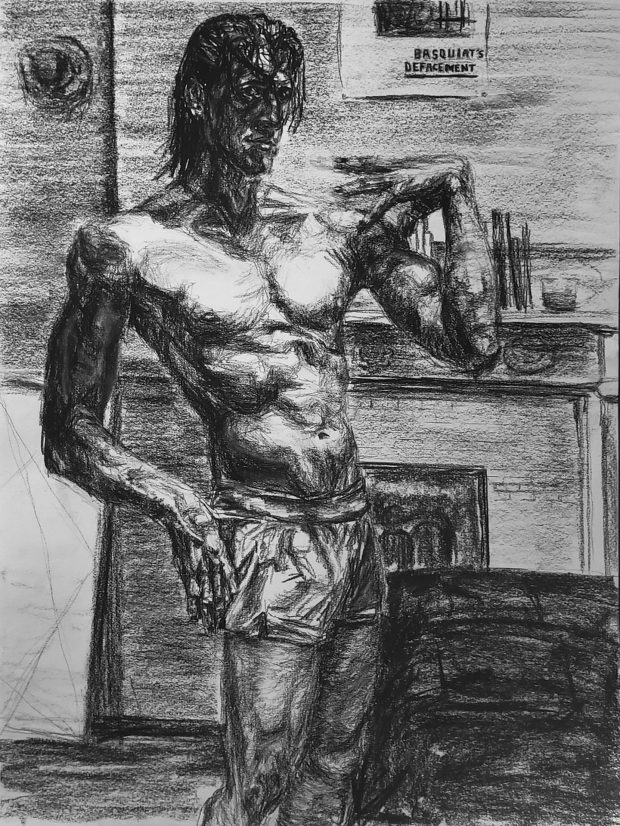
Morgan Lance
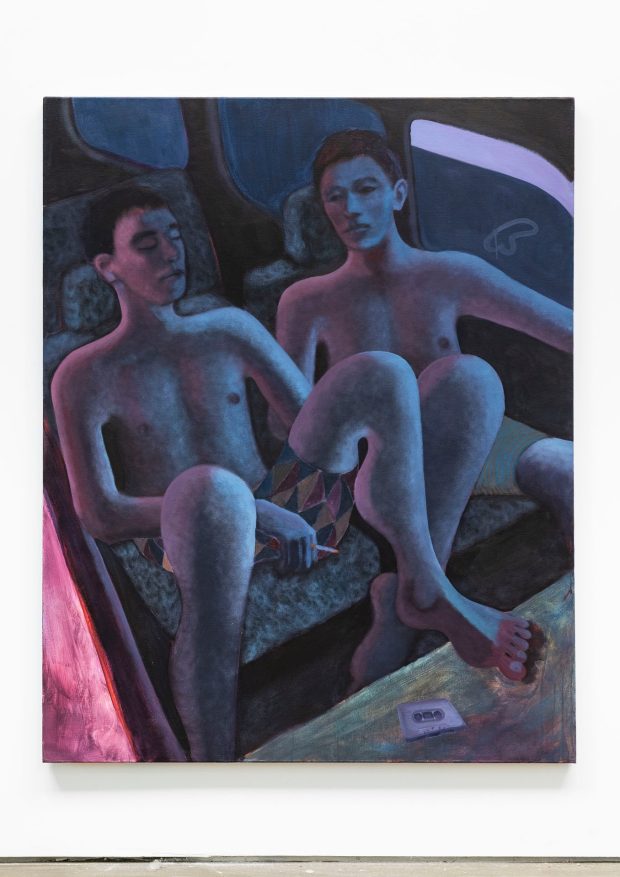
Russell Davidson
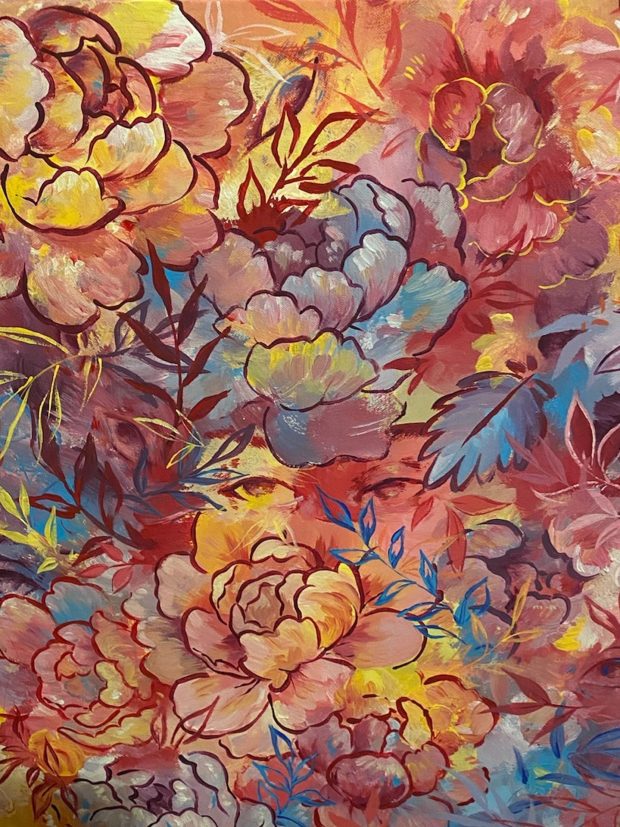
Paige Walshe
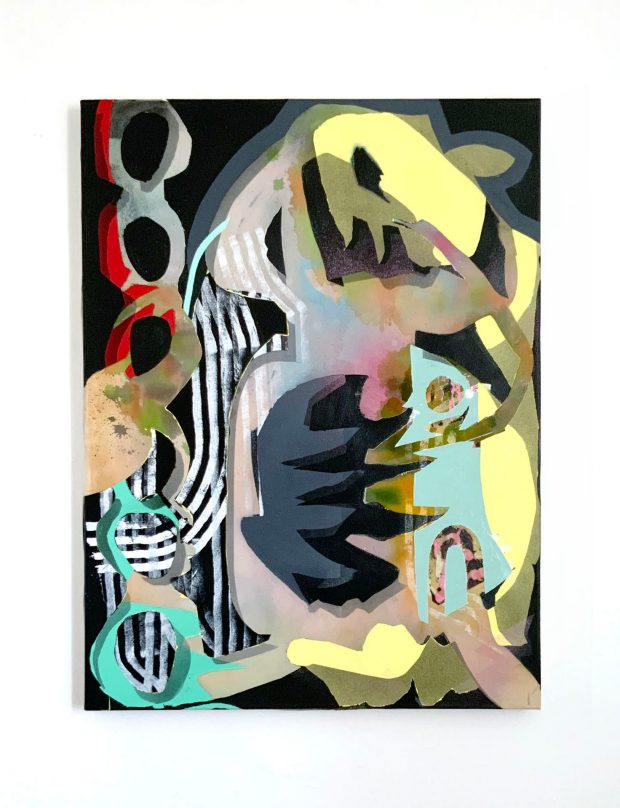
Nicole Boyce
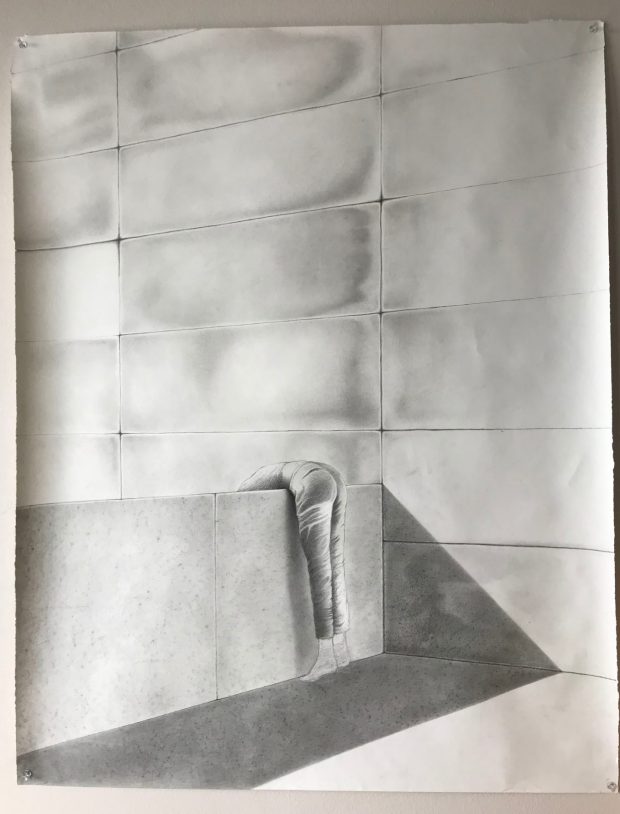
Rachel Mudrosky, Self portrait
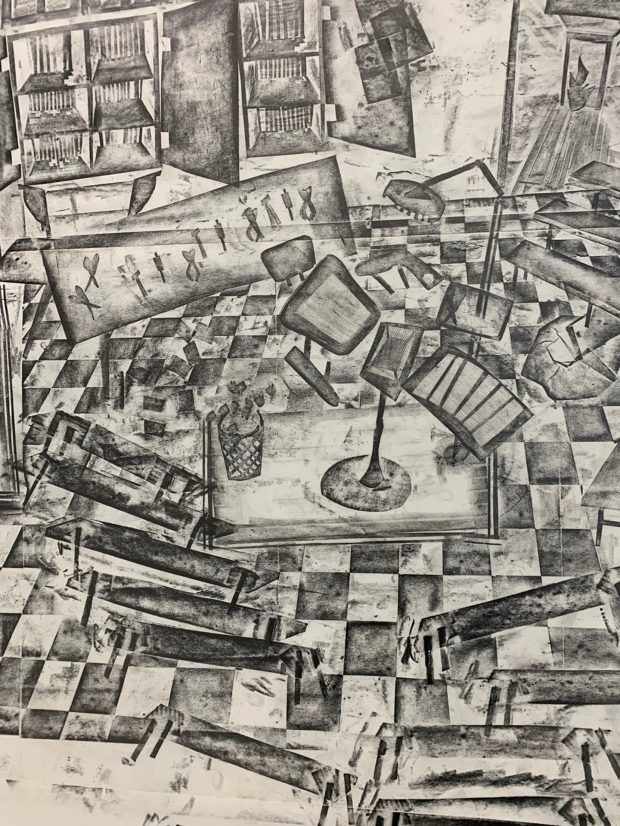
Jacob Lepp
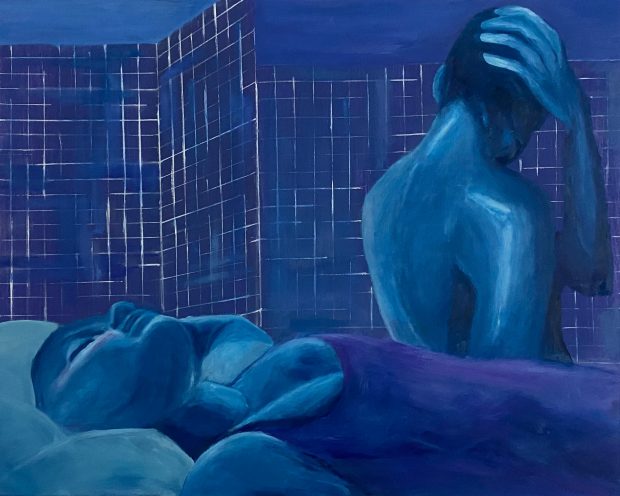
Ali Kouri
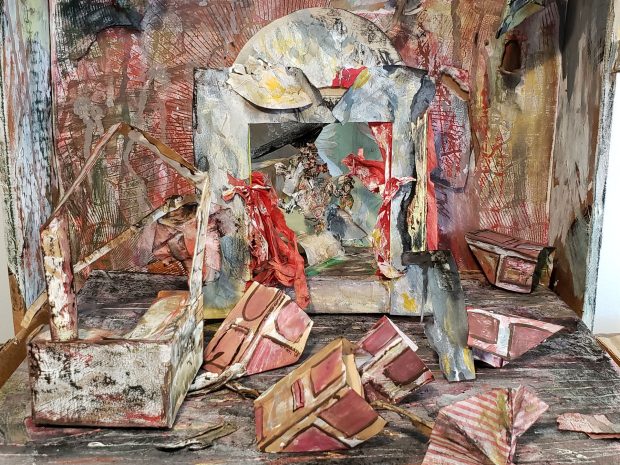
Barbara Ottevaere, animation still #1
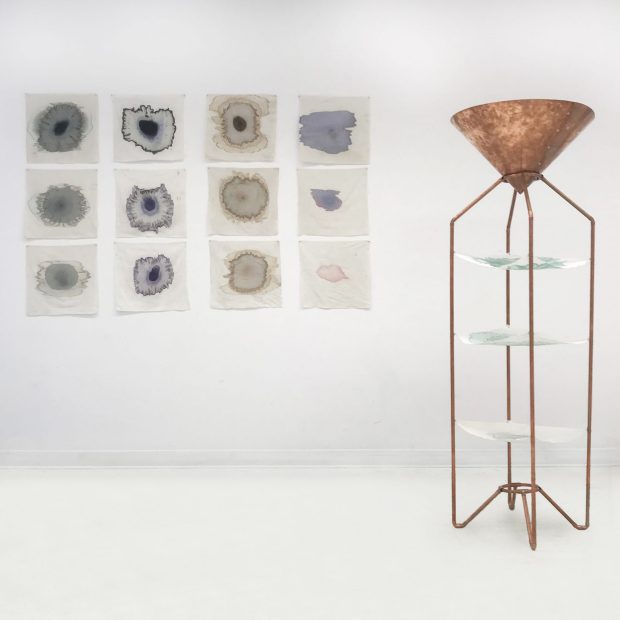
Proposal for Precipitation (with botanical pigment tests)
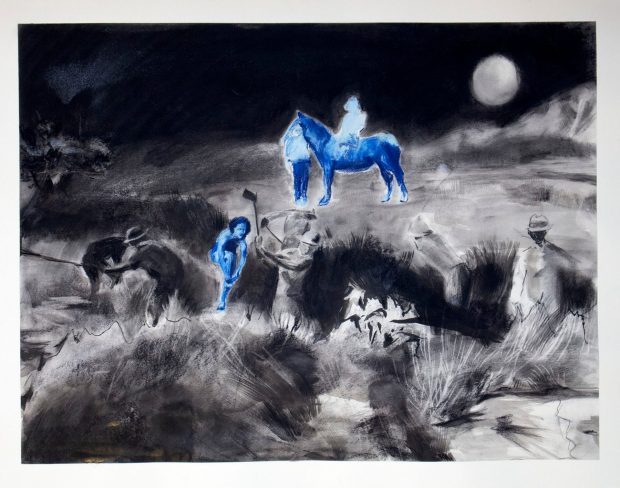
Maude Kneppert
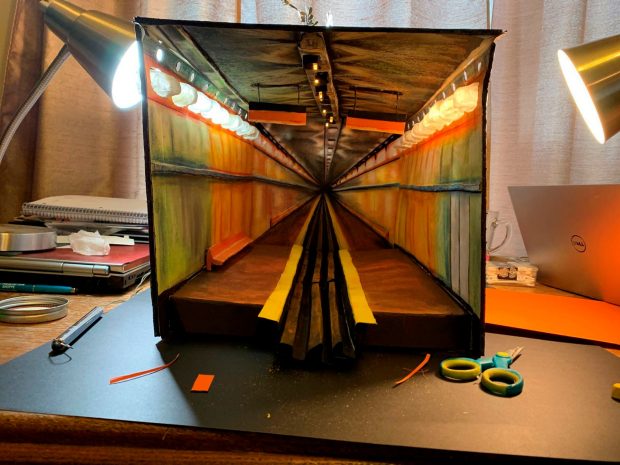
Paulette Campbell, Pastel diorama in progress
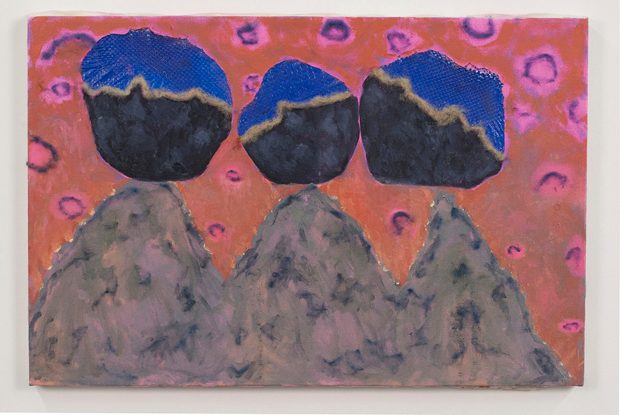
Xavier Belanger-Dorval, Montagnes
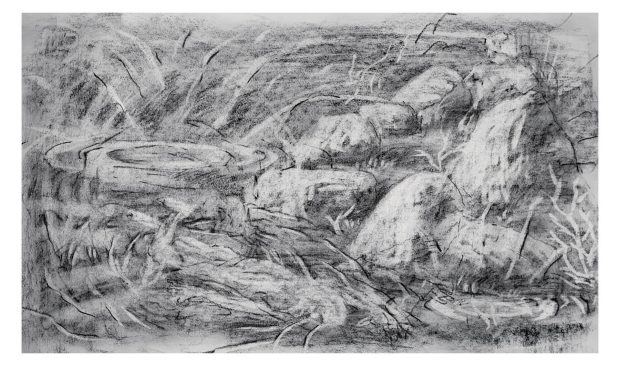
Jeremy Richter-Legare
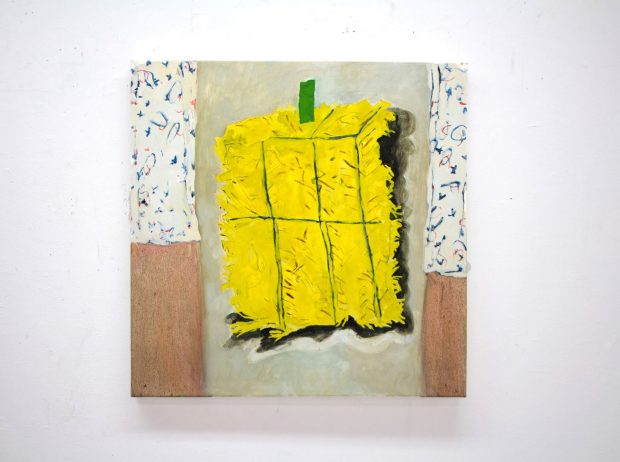
H. Fedida, Yellow Wallpaper
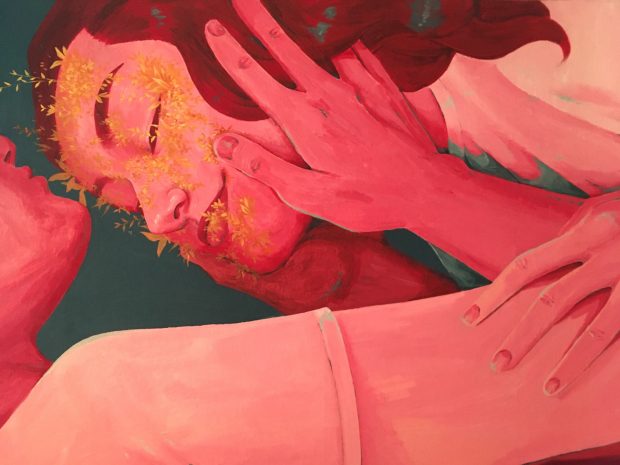
Paige Walshe
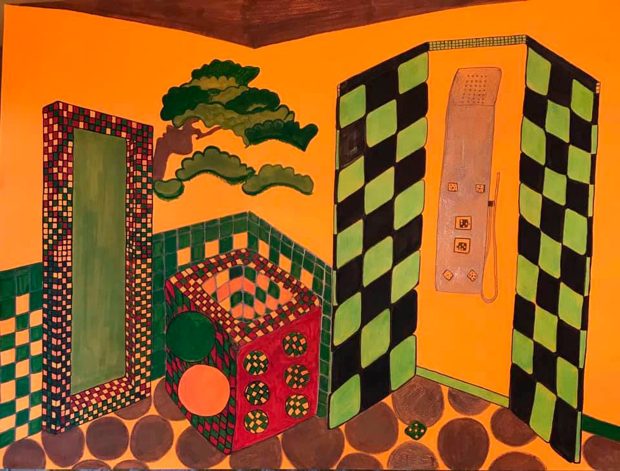
Sheng Hui Jin, felt marker on paper, Interior Bathroom
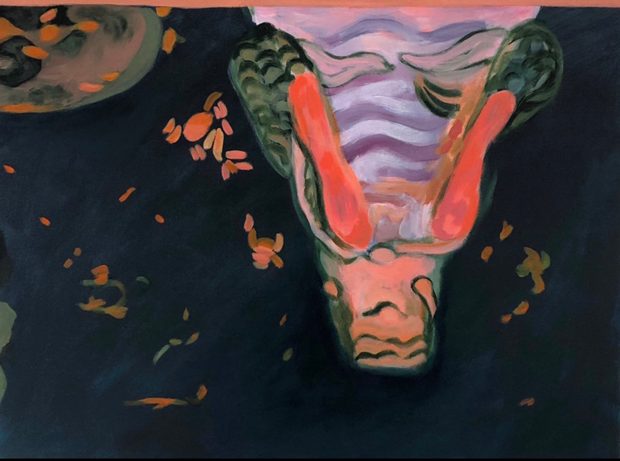
Grace MacFarlane
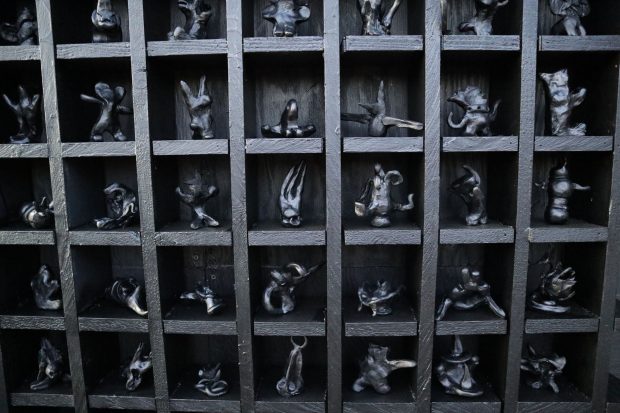
Alex MacDonald, Detail #1


